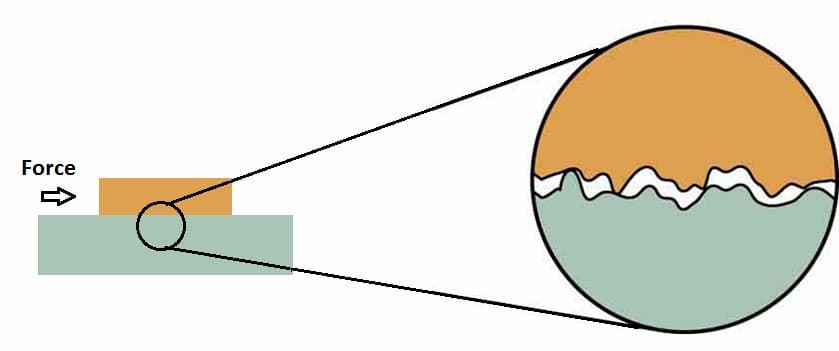How can a release agent have noise control properties?
Manufacturing of polyurethane foam.
By: Alejandro Domínguez M. | adominguez@interlub.com | March 3, 2019
Since 1950, polyurethane foam has been one of the fastest growing components in the automotive industry. You can now find it in countless interior and exterior auto parts, such as seats, armrests, head restraints, engine covers, steering wheels, gear sticks, packaging, and as an interface to make the cabin as silent as possible.
Today, the market offers some solutions to deal with and solve the complex problem of understanding and quantifying the squeaks and rattles inside cars.
It is in the manufacturing of polyurethane components for interiors and seats where the most critical problem lies, since these sounds are directly related to the user’s comfort and experience of the brand.
In the production of polyurethane foam for interiors, the most common method is to coat the pieces with leather, vinyl or polycotton, and once ready, it is put over metal supports.
This interaction of materials may have undesired effects, such as squeaks, rattles or negative sensations that can be detected by end users, making it one of the most demanding challenges of the industry.
To understand this problem better, we need to talk about the phenomenon of friction. We can use some everyday examples of sounds produced by friction, such as violin music and the sound of a car braking, each representing the two extremes with regard to the categories that have been studied.
Friction as an acoustic phenomenon and its measurement.
Friction has a double function, transmitting energy from one surface to another while dissipating the energy of the related motion.
But what happens when the two surfaces have different textures (rugosity/finish]? This is where the different points of view come into play. On one hand, design departments opt for having a wide variety of finishes and surfaces to offer more to the market, while the production and quality engineers have certain acoustic and texture parameters to comply with in order to reach the production quotas, which is why this topic can be a real headache.
Intermol together with its clients has conducted a more in-depth study of this phenomenon, analyzing the coefficients of friction that the different types of release agents produce for the foam as a result of different surface finishes that can be obtained or designed for each formula.
The coefficient of friction is the measure of the resistance to sliding of the surfaces of the two bodies in contact.

This coefficient is different for each pair of materials in contact. This means that the coefficient of friction will be a lot lower in the case of a skate on ice than that of a Formula 1 car on asphalt.
The nature of this type of force is linked to the interactions of the microscopic particles of the two surfaces involved, and depending on this, different sounds and sensations will be produced.
Once the coefficient of friction and its relationship with sounds was understood, the RDI department at Intermol were able to develop a release agent with which the COF can be reduced to even lower than the performance offered by the Noise Reduction Technology (NRT) products, typically blue in color.
Benefits of water based technology in release agents.
After years of co-creation with different leading companies, it has been the companies themselves that have indicated the benefits of maintaining a low COF in the pieces they manufacture, such as:
•Elimination of the post-production line:
Most brands apply anti-noise agents to specific sides of the seats in order to reduce the COF and the squeaks and rattles produced from the force and vibrations.
•Simpler vacuum coating system:
It has been shown that when a piece has a low COF, the coating process is simpler; for example, a head restraint that is coated in a vacuum process using a plastic film. If the foam surface tends to be rougher (open pore), the friction will be higher making the plastic film break and increasing the manufacturing times and costs as a result.
•Softer textures to touch:
A softer texture is synonymous to a lower COF, and smoother pieces with less bumps can have lighter, more attractive coatings.
•VOC-free:
Being a water-based product, it is 100% free of Volatile Organic Compounds (VOCs), which is why it is definitely a healthier and more environmentally-friendly option for operators, as well as being a lower fire risk.
•Compatibility with adhesion processes: Although they feel different to touch, Intermol’s release agents do not compromise the pieces that are submitted to bonding processes, such as seatbelts or accessories.
Measuring the coefficient of friction
PU foam vs. Metal
In the below graph, we can see the performance of an Intermol release agent compared to some of its competitors, as well as the performance of a piece with a solvent-based release agent with the application of a NRT (Noise Reduction Technology) product.

We can observe how the COF of the piece with Intermol’s water-based agent exceeds the piece with the double application (solvent-based agent + NRT)